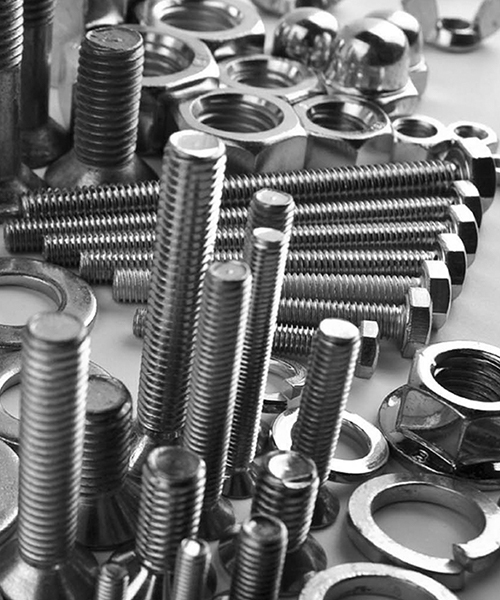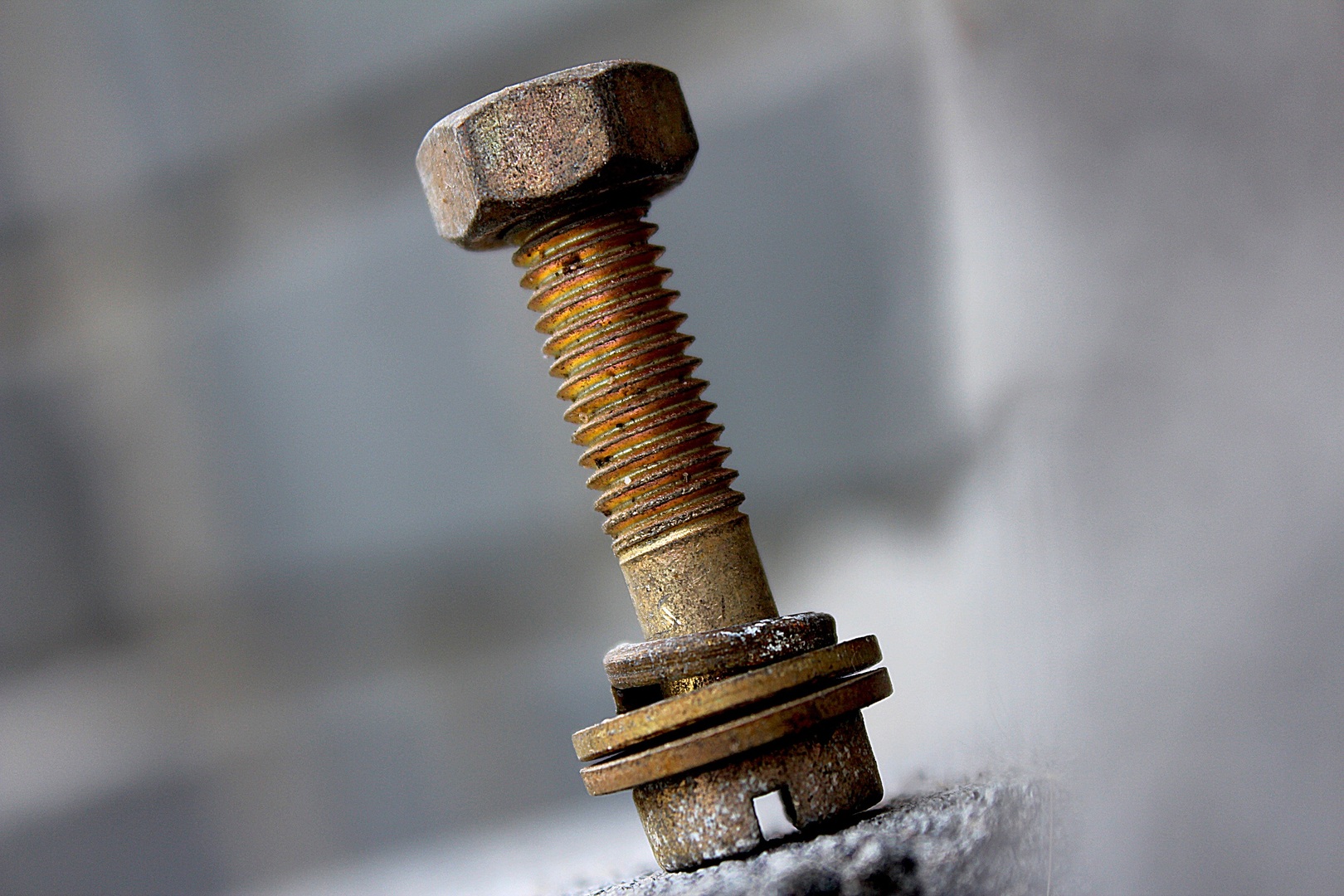Torque
Bolts and nuts are fundamental to countless industries, from construction and automotive engineering to pipelines and aerospace. However, their effectiveness depends not just on material strength or corrosion resistance, but on something often overlooked—proper torque application. Applying the correct torque during installation is critical to ensuring structural integrity, leak prevention, and long-term reliability.
In this article, we will explore why torque matters, the consequences of incorrect tightening, how industries regulate proper torque standards, and the tools and techniques used to achieve precision in bolt fastening.
What Is Torque and Why Is It Important?
Torque is the rotational force applied to a fastener, typically measured in Newton-meters (Nm) or foot-pounds (ft-lb). It determines how tightly a bolt and nut are secured. Proper torque ensures that fasteners hold components together under load without loosening or breaking.
Key Functions of Proper Torque in Fastening
- Ensuring Structural Integrity
Fasteners must be tightened enough to withstand loads, vibrations, and environmental conditions without coming loose or failing. Bridges, skyscrapers, and pipelines all rely on precise torque to maintain stability. - Preventing Bolt Failure
Under-tightening leaves bolts loose, reducing their ability to withstand mechanical stress, while over-tightening can cause them to stretch, weaken, or break due to excessive force. - Maintaining Leak-Free Connections
In industries like oil and gas, water distribution, and chemical processing, bolted flange joints must be torqued precisely to ensure gaskets create a proper seal, preventing hazardous leaks. - Withstanding Vibration and Dynamic Forces
Machinery, vehicles, and pipelines experience constant vibration. Correct torque ensures bolts stay in place despite these forces, preventing dangerous equipment failures. - Reducing Maintenance and Downtime
Correctly torqued fasteners extend the lifespan of mechanical components, reducing the frequency of inspections, retightening, and replacements.
The Consequences of Incorrect Torque Application
Applying too much or too little torque can lead to serious safety hazards and costly failures. Some of the most common risks include:
1. Under-Tightening: A Risk of Loosening
- Not tightened bolts to the required specification can loosen due to vibrations, thermal expansion, or mechanical load.
- Loose bolts in structural connections can lead to collapses or failures, as seen in cases of bridge collapses or failed machinery.
- In pipelines, insufficient torque can cause flange joints to leak, leading to environmental contamination and financial losses.
2. Over-Tightening: A Risk of Bolt Breakage
- Excessive torque can overstretch bolts beyond their yield strength, making them brittle and more likely to snap under pressure.
- High torque can crush gaskets in flange joints, leading to leaks despite a tight connection.
- Over-tightened bolts in industrial machinery can cause stress fractures, reducing the lifespan of critical components.
3. Uneven Torque Application: A Risk of Misalignment
- When multiple bolts are used in a circular pattern (e.g., flanges or wheel assemblies), inconsistent torque can create uneven stress distribution.
- Misaligned joints lead to leaks in piping systems and instability in structural assemblies.
A well-known incident highlighting the dangers of incorrect torque occurred in 2018, when an improperly torqued bolt led to a gas pipeline explosion in Pennsylvania, USA, due to a flange joint failure. This disaster underscores the importance of precision in bolted connections.
Torque Standards and Industry Guidelines
Recognizing the risks of incorrect torque application, various industries have established strict guidelines to ensure proper bolt installation. Some of the most widely recognized torque standards include:
- ASME PCC-1 (Bolted Flange Joint Assembly) – Defines best practices for torquing bolts in pipeline flanges and pressure vessels.
- API 6A (Oil and Gas Equipment) – Regulates torque specifications for wellhead and pipeline equipment in the petroleum industry.
- ISO 898-1 (Mechanical Fasteners) – Establishes material and strength requirements for bolted connections in industrial applications.
- SAE J429 (Automotive Bolting Standards) – Provides torque values and specifications for automotive-grade bolts.
These standards help engineers and technicians apply the correct torque values, preventing failures and improving safety across multiple industries.
Tools and Techniques for Accurate Torque Application
Achieving precise torque requires the right tools and techniques. Modern technology has made it easier than ever to apply consistent and accurate torque in critical applications.
1. Torque Wrenches: The Industry Standard
- Manual Torque Wrenches – Ideal for applications requiring precise manual force, commonly used in automotive and small machinery.
- Digital Torque Wrenches – Provide real-time torque readings and ensure precise application with electronic accuracy.
- Hydraulic and Pneumatic Torque Wrenches – Used in industrial applications like pipelines, wind turbines, and heavy machinery, where high torque values are required.
2. Tensioning Systems for Large Bolts
- In high-pressure applications, hydraulic bolt tensioners apply force directly to the bolt, ensuring even and precise clamping loads without relying solely on friction-based torque.
- Superbolt tensioners, supplied by companies like Nord-Lock Group, use multiple smaller jackbolts to evenly distribute force, reducing the risk of over- or under-tightening.
3. Torque Sequence Methods
- When tightening multiple bolts in a flange or structural joint, following a specific torque sequence (cross-pattern tightening) ensures even distribution of load.
- Using incremental torque steps (e.g., 30%, 60%, 100% of final torque) reduces the risk of misalignment and gasket damage.
4. Torque Verification and Quality Control
- Ultrasonic Bolt Testing – Measures the elongation of bolts to verify that the correct clamping force has been applied.
- Torque Auditing Tools – Devices like the SmartBolts system provide real-time torque monitoring to prevent under- or over-tightening.
- Turn-of-Nut Method – Used in structural bolting, where bolts are turned to a specific angle past snug tightness to achieve proper preload.
Companies Specializing in Torque Solutions for Industrial Applications
Several companies specialize in providing precision torque tools and fastening solutions for industries where bolt reliability is critical:
- HYTORC – A global leader in hydraulic torque wrenches and tensioning systems, supplying industries like oil & gas, power plants, and heavy equipment.
- Norbar Torque Tools – Manufactures high-precision torque wrenches and measurement devices for industrial applications.
- Nord-Lock Group – Offers advanced bolt securing technologies, including Superbolt tensioners and wedge-locking washers to prevent loosening.
- Atlas Copco – Provides industrial torque tools, including electric and pneumatic torque wrenches for high-accuracy fastening.
These companies ensure that industries have access to the best tools and technologies for achieving precision torque, reducing failure risks, and improving safety.
Conclusion
Applying the correct torque when installing bolts and nuts is critical to ensure structural integrity, leak prevention, and long-term performance in various industries. Whether in pipelines, bridges, machinery, or aerospace, improper torque application can lead to catastrophic failures, costly repairs, and safety hazards.
By adhering to industry standards such as ASME PCC-1, API 6A, and ISO 898-1, and using advanced torque tools like digital wrenches, hydraulic tensioners, and ultrasonic testing systems, industries can ensure fasteners are installed correctly every time.
Companies like HYTORC, Norbar Torque Tools, Nord-Lock Group, and Atlas Copco provide the expertise and technology necessary to achieve precise torque in critical applications.
Ultimately, torque is not just a measurement—it is the difference between reliability and failure. In a world that relies on secure connections, precision torque application is an essential part of keeping industries running safely and efficiently.


